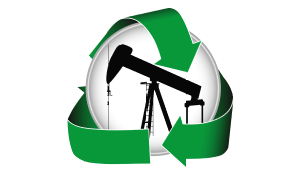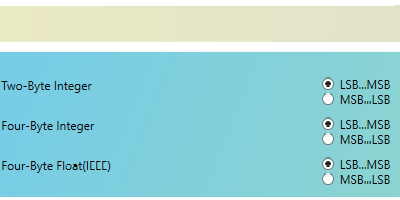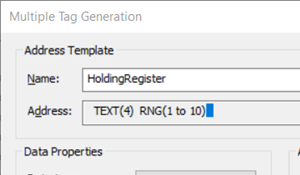On June 26, 2025, Software Toolbox hosted a live panel discussion that brought together three industry subject matter experts. They explored how organizations can unify data across legacy and modern systems, securely, efficiently, and without unnecessary disruption. In addition, they discussed in depth what it really takes to create a common data framework that’s not just effective, but scalable and future ready.
From Silos to Insights: What You Need to Know
This blog highlights the key takeaways, where the panel unpacked seven critical areas to focus on when closing data gaps across operations. You’ll discover the most common challenges companies face, why aligning technology with business goals is essential, and how open, standards-based solutions can bridge the gap between old and new, without the high costs and disruption of rip-and-replace approaches.










